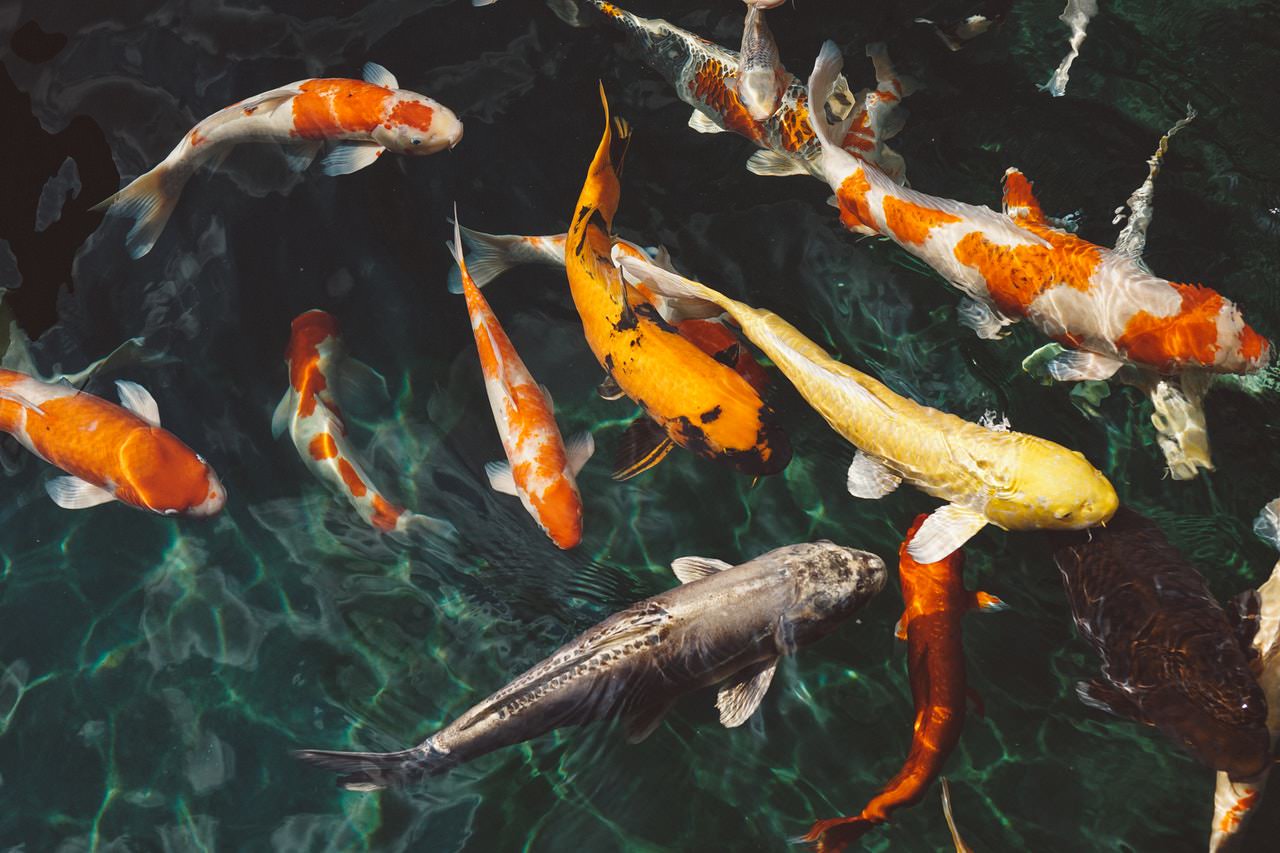How to Incorporate Solar into a Backyard Pond
Let’s face it: the coolest yard on the block was always the one with the Koi pond. Decorative mini-ponds are trendier than ever, making their way into landscaping, parks, and wedding venues around the country. Not only are these ponds an attractive outdoor feature, they are also incredibly relaxing for adults and fun for kids (supervised, of course). Picking the best supplies and choosing the right location for the pond can make all the difference for your back yard escape. Perhaps you didn’t know, but solar panels and water pumps can easily be incorporated or even hidden in the pond décor, making your project just a bit more eco friendly.

Before considering a pond, you should check with your homeowner’s insurance to see how rates will change (sometimes, they will go up) and notify the insurer if you ultimately decide to go forward with installation. You should also check with the local homeowner’s association to make sure the pond is permitted, and check the local safety laws and regulations to determine what kind of fencing, if any, is required for the pond. You’ll also want to take your other pets into consideration when determining whether a mini-pond is right for you. If you have a cat that likes to paw at fish or a dog that will try to swim in puddles, a pond isn’t the best idea. Obviously, this is the boring part, but a little safety up front can prevent a major accident in the future.
Before going to the store to pick out the supplies, choose a section of yard where the pond will be placed. Remember, this is strategic because you’ll also have to decide where to run the electrical wiring. Make sure the area that will support the pond is well drained, level, and close enough to run a hose if needed. Preferably, the pond should also be far enough away from wooded areas to ensure that it doesn’t become clogged with branches and leaves, which can damage the filtration system. Make all of the necessary measurements and preparations, which should include dirt removal and preparing the surrounding landscape. Remove sharp roots, rocks, and other debris that could potentially puncture the pond lining.
The fun part involves going to the store and picking out the pond supplies. Many local home improvement retailers, chain and independent, carry the basic materials to assemble the pond. First, you should probably look into purchasing a liner and underlayment. Liners come in flexible sheets (resembling garbage bags) or small plastic pools. Be sure to run the liner a foot or more past the edge of the water to prevent other plants from growing into the pond. To prevent runoff from the rest of the yard, it is suggested that you build a ridge and channel, about 3 inches along the side. This will prevent silt, lawn clippings, small twigs, and lawn chemicals from getting into the water. Many prefer to place decorative rocks around the pond, as well as some floral landscaping. To accent certain areas of the pond, some prefer to strategically place spotlights.
Once the liner is secured into the ground and the landscaping is complete, its time to select the water pump/filter, skimmer, and submersible pump. These items are necessary to keep the water clean. You’ll also need to purchase the rocks and pebbles, as well as aquatic plants that will lay on the bottom of the pond. This is where solar panels come in. Instead of relying completely on the underground wiring (mentioned in paragraph 3), you can set up an off-grid solar power system to run the pumps and skimmers. Like any off grid system, you’ll need a few 100W solar panels, charge controller, wiring, battery bank, and an inverter. Most prefer to use the off-grid solar power system as a back up to the grid power. However, a solar power system (alone) can run these appliances on most small ponds without the need for grid power. Most of the solar power system can be hidden in a small enclosure to protect from rain or excess moisture. Solar panels create clean and quiet power without running up the utility bill! Many of the Renogy Premium Kits are perfect for a pond project. Read more about them here: https://www.renogy.com/products/kits/premium-kits/










